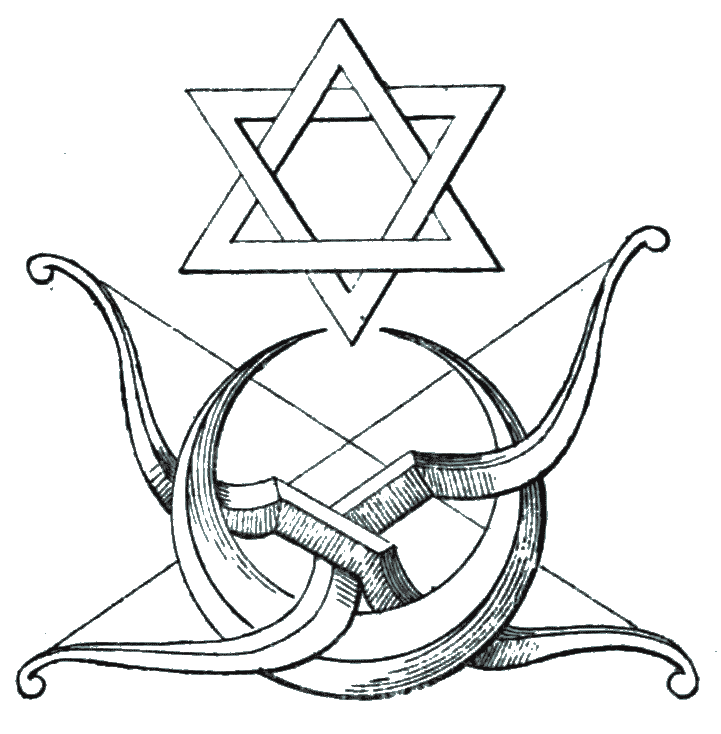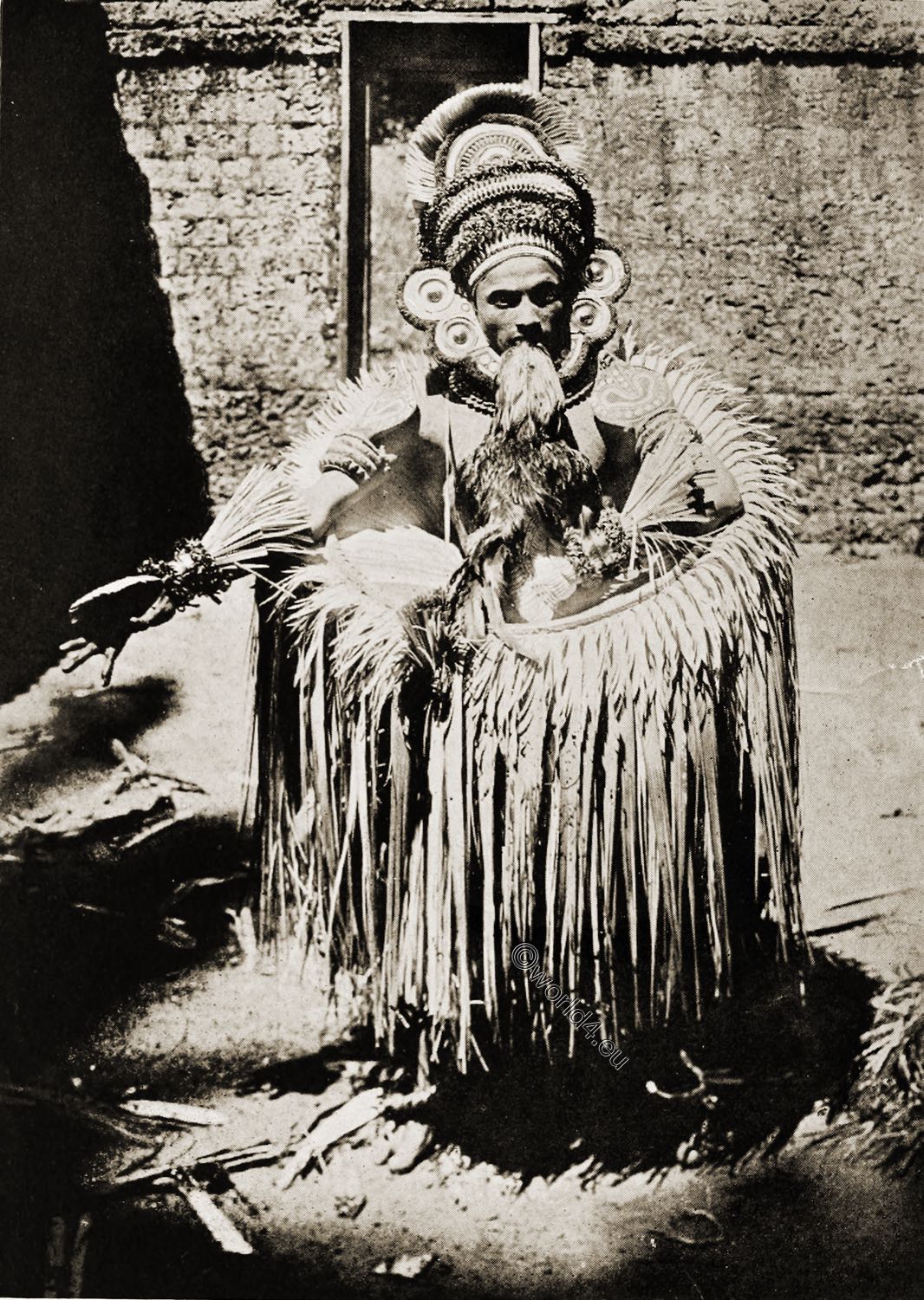
ROMAN MAGIC HAND OF BRONZE USED AS AN AMULET FOR AVERTING THE EVIL EYE.
A MAGIC HAND
Belief in the malevolent influence of the evil eye is a superstition which has been widespread and of long duration. In the Roman world it was generally thought that certain persons, by their glance, brought misfortune to all on whom they gazed, caused illness to men, children, and animals, and even rendered fields sterile.
The Latin words for enchantment by the evil eye are fascinum and fascinatio. It is interesting to note that the English word fascinate, to charm in a pleasant sense, comes directly from these, and that it still sometimes retains a subtle echo of its original sinister meaning.
As a man and all of his possessions might be exposed at any moment to the evil eye, it was natural to try to guard against its baleful effect. From very early times protection was sought in amulets, material charms of various sorts, a kind of illness and accident insurance, whose purpose was to protect their owner against all misfortune. Medicine also made use of amulets. This use of charms is still worldwide wherever belief in witchcraft and the evil eye persists.
Amulets in ancient days were usually small charms fashioned sometimes into various shapes and suspended from a necklace. Not all amulets, however, were worn on the person; some were larger and were places in houses or temples for prophylactic purposes.
Magic symbols
To this class belongs a bronze right hand in the Museum, cast hollow, 5 1/4 in. high, probably of the first or second century A.D. The hand has the thumb and the first two fingers raised and is covered with numerous magic symbols in relief. The fingers are very delicate. The hand has a line dark green patina and is in excellent state of preservation with the exception of three small holes in the back.
Symbols
Prominent among the symbols on it are a pine cone, a frog, a tortoise, a lizard, a ram’s head, a serpent with a cock’s comb, a bust, possibly of Isis, a pair of scales (?), a small bowl which may be a lamp, and several indeterminate objects.
The evil eye
The hand itself was considered a potent means of averting the evil eye. It was an early amulet in Greece, and in Etruria, and is still used in Naples to-day. The earliest hand-amulets had the palm open and the fingers extended. They were designed either for suspension or to be fixed upright upon a flat plinth as a household amulet.
Gestures of the hand
Certain gestures of the hand, also, were considered especially effective against the evil eye and could be used when one was exposed to a sudden or unexpected attack. One, commonly known as the fig, consisted in closing the right hand and inserting the thumb between the index and the middle finger.
In another gesture, representing horns, which were themselves a popular amulet, the index and little finger were extended, the middle and ring finger clasped by the thumb. So strong is the faith in this gesture, even to-day, that it is said that a modern Neapolitan’s hand is almost constantly in this position to protect its owner against unsuspected exposure to the evil eye.
A third gesture is that shown in the bronze hand in the Museum. This is the gesture used in the papal blessing.
A number of right hands, similar to the one in the illustration, are known. All are about five and three-quarters to eight inches high, all are in the same attitude, but they are covered with varying symbols. Otto Jahn catalogues fourteen known to him, and there are other examples in the British Museum and else where. 1)
Many of the symbols on the hand in the Museum were used as single amulets against the evil eye. These same symbols recur frequently on other hands also.
A hand in the British Museum shows the pine cone, the snake with a cock’s comb, the frog, the tortoise, the lizard, and the scales. Jahn says that scales occur on nine hands known to him, the frog on ten, the tortoise on twelve, the lizard or crocodile on nine, the ram’s head on two.
On a hand in Berlin is a bust of Serapis; on that in Toronto is also a bust, probably of Isis.
Magical virtue
Jahn calls these hands votive. An inscription on one in the Britisch Museum “Zougaras dedicated me to Sabazius in fulfilment of a vow” and another on a hand in the Barbarini Collection in Rome, ” CECROIUS. V.C. VOTUM (Solvit),” confirm his opinion.
There can be no doubt, however, they were amulets against the evil eye as the symbols found on them are usually such as have magical virtue. As has been said, the hand itself and many of the emblems placed on it were used singly as a means of averting the evil eye. Combined they form a very powerful amulet, as each added device increased the potency of the charm.
For further information about these hands and fascination by the evil eye cf. O. Jahn, “Über den Aberglauben des bösen Blicks bei den Alten”, in Berichte der kön. sächs. Gesellschaft der Wissenschaften, 1855, p. 28; Dilthey, Archaeol. epigraph. Mittheil. aus Österreich, I, 1877, p. 44 ff; II, 1878, taf. III and IV; British Museum, A Guide to the Exhibition Illustrating Greek and Roman Life, p. 53 f., Fig. 46; Elworthy, The Evil Eye, especially Figs. 147, 148, 158, and 157; and Cagnat et Chapot, Manuel d’archéologie romaine, p. 196 f.
Source: Bulletin of the Royal Ontario Museum of Archaeology by Royal Ontario Museum of Archaeology. Royal Ontario Museum of Archaeology 1926-07.



